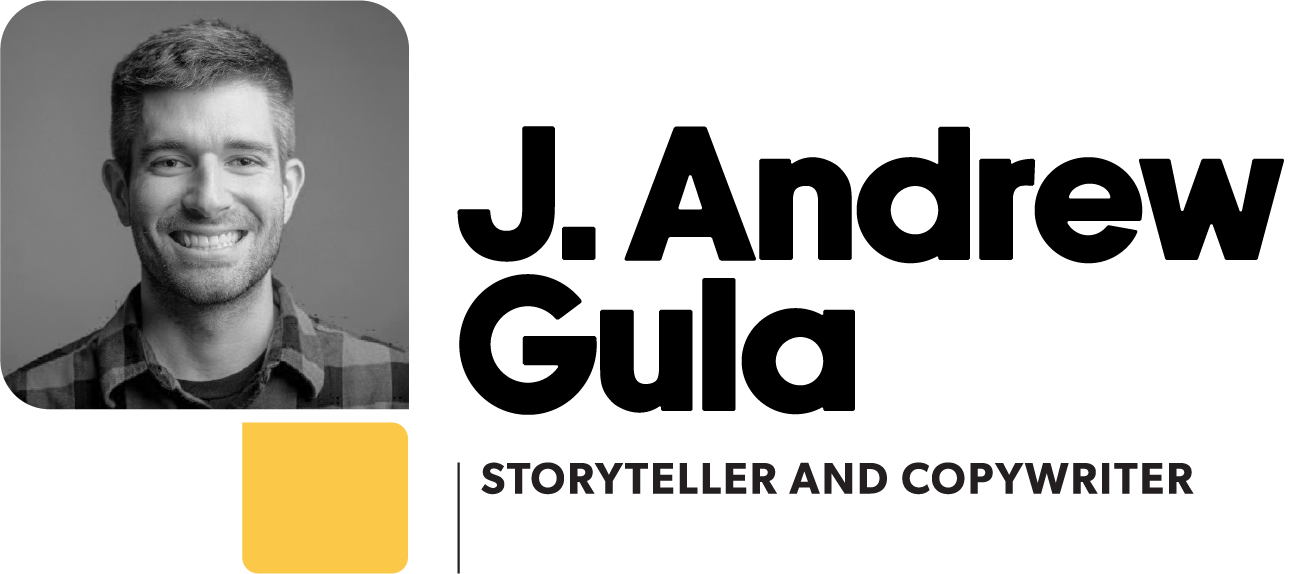Worldbuilding 101: Editing and Updating Maps
I mentioned (in my 2020 recap post) that I learned a lot about Varheim while writing my novella-turned-novel, Eel of Flotsam. From updating and expanding maps to exploring a new magic system, the whole experience pulled me deeper into my own created world.
Originally, I used the project as a sort of “worldbuilding on the go” experiment — I would learn more about the realm and its cultures as I wrote. After all, what better way to see how different races interact than to actually create those moments within the context of a scene?
Well, it worked.
Somewhat.
But what it also did was point out weak points in my overall vision for the project, and Varheim as a whole. Perhaps the most important discovery was that the world had quickly become too small. And that’s the sort of issue that I can’t afford to overlook or ignore.
The problem with worldbuilding
As part of this Worldbuilding 101 series, I shared a lot of information, including the nine fantasy races that live on Varheim. I didn’t delve into their different histories, or mythologies, or even religious practices. By keeping things a little vague, I gave myself room to uncover those pieces as I wrote. (It’s the “discovery writer” approach to let the story/world reveal itself.)
But by drawing different maps, I literally charted every corner of Varheim.
You might assume that planning out an entire world is a good thing, particularly when it’s a fictional place that is only as realistic as my imagination allows. But the truth is that by seeing the whole world, I suddenly lost any sense of mystery or certainty about Varheim.
I defined the boundaries of Varheim. And when characters are aware of their world, they become deaf to the call of adventure. There’s no urge to explore, no sense of mystery left.
It’s not a “problem” so much as an unexpected obstacle. So I’m stepping back from the whole project and revisiting my worldbuilding. Not redoing or undoing anything, but editing and updating it to better match my vision for a whole set of stories in Varheim.
Editing and updating maps
My biggest realization is that Varheim needs to be expanded; I can take that a couple different directions. (And if we’re honest, I plan to implement all of them in one way or another.)
The easiest solution would be to expand the world, to think of the current map as a limited picture of a larger place. The horizons once again become infinite, luring adventurers and explorers away from home. And there’s the opportunity to create other pieces—entire continents’ worth of stuff—at a later date.
Or, I could take the opposite approach and narrow the scope. By zooming in to focus on a particular region (and also limiting the knowledge that people have about the wider world), then suddenly Varheim can feel larger even if the map itself is still the same.
To add onto that, I could create natural barriers, like active volcanoes or dangerous tidal shifts. These pieces could restrict exploration, or at least make the knowledge of other regions a rare treat. After all, Varheim is a fantastical place, somewhat “unfinished” by the creative force of the gods; why wouldn’t there be dangerous elements?
But what about cultural barriers? The ruadan are a seafaring folk who single-handedly sustain the world’s trading network. But if part of their heritage is a recurring migration cycle (Think of a salmon.) then even the most adventurous ruadan can only travel so far from home in order to trod the same path each year.
Building onto that, maybe these seasonal commitments or ancestral trade routes create certain expectations for traders. Going beyond “charted waters” could be just as serious as abandoning your duties. Any ruadan who wants to explore must become a voluntary exile, an outcast severed from their family units. And that could be seen as an honorable choice...or a selfish one.
Necessary obstacles
I plan to try out several of these strategies while updating my maps. But all of those adjustments have a secondary goal: to add tension.
That idea about ruadan traders is a good example. Cultural traditions carry a lot of weight, and going against them creates an interesting but relatable conflict. It’s just the sort of situation that could build a compelling character, and maybe even an entire novel.
Limitations are good for writers. It sounds counterintuitive, but think about your favorite stories; most of them focus on conflicts that are simultaneously internal and external. These situations force a character to go out of their comfort zone, make a sacrifice, take a risk, etc. Frodo’s choice to carry the One Ring had inherent external dangers, but abandoning every comfort to carry the fate of the world was an internal conflict that grew to dominate his every waking thought.
That’s just the kind of idea I’m taking into this miniature “workshop” of Varheim. Building depth is more than adding layers or detailed historical records. Those are great things, of course, but my favorite worlds are the ones where I can see myself and imagine my role in different cultures or situations.
Yes, I want you to read Eel of Flotsam and visualize the city of Tenerim almost like it’s a place you’ve visited. I want you to understand the conflict between valothans and eylings. But more importantly, I want the characters to feel natural, like they’re part of a living world.
To do that, I’ve got to spend time making Varheim just as deep and immersive as the places I love reading about. And that's going to have to start by editing and updating the maps I love so much.
It’s a big challenge for a very busy year. But at least I’ve got a solid headstart.




